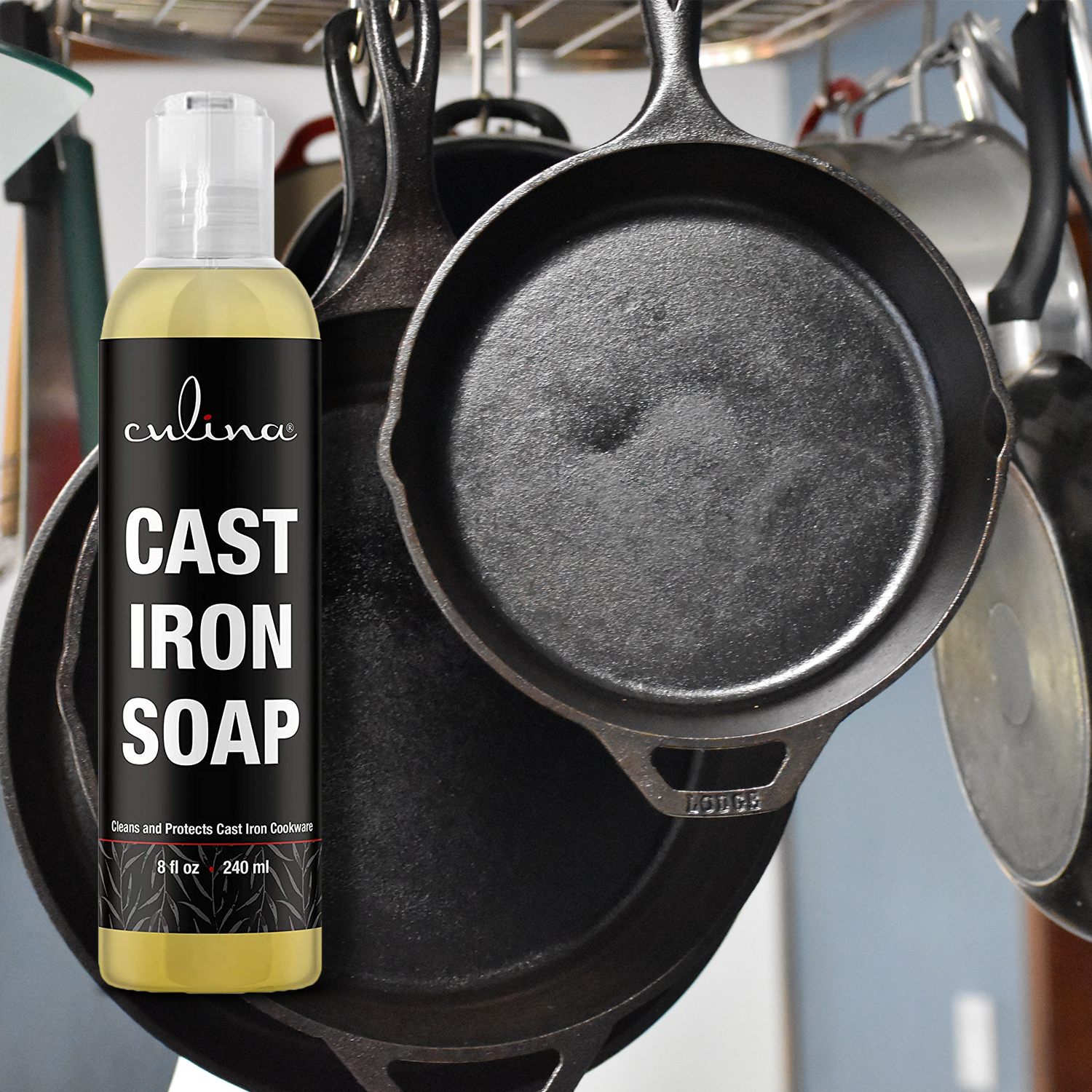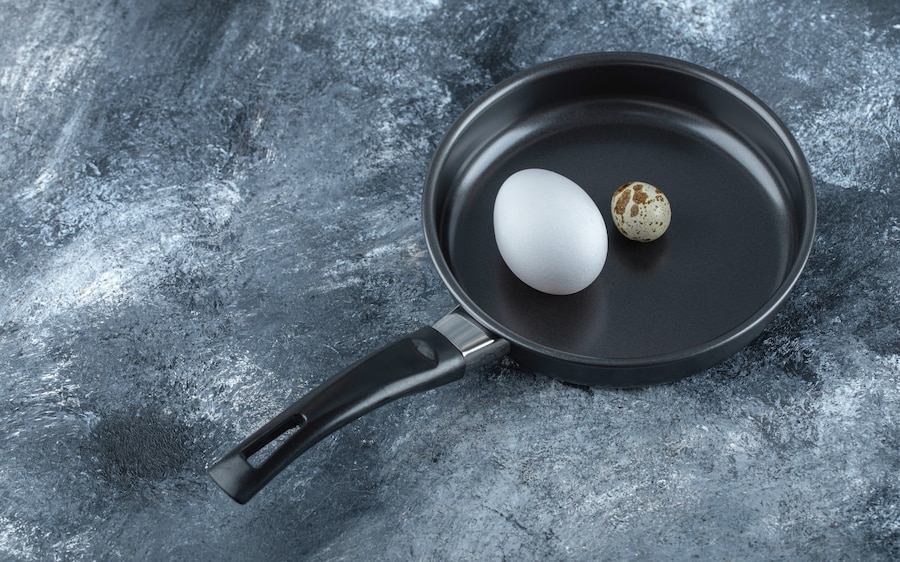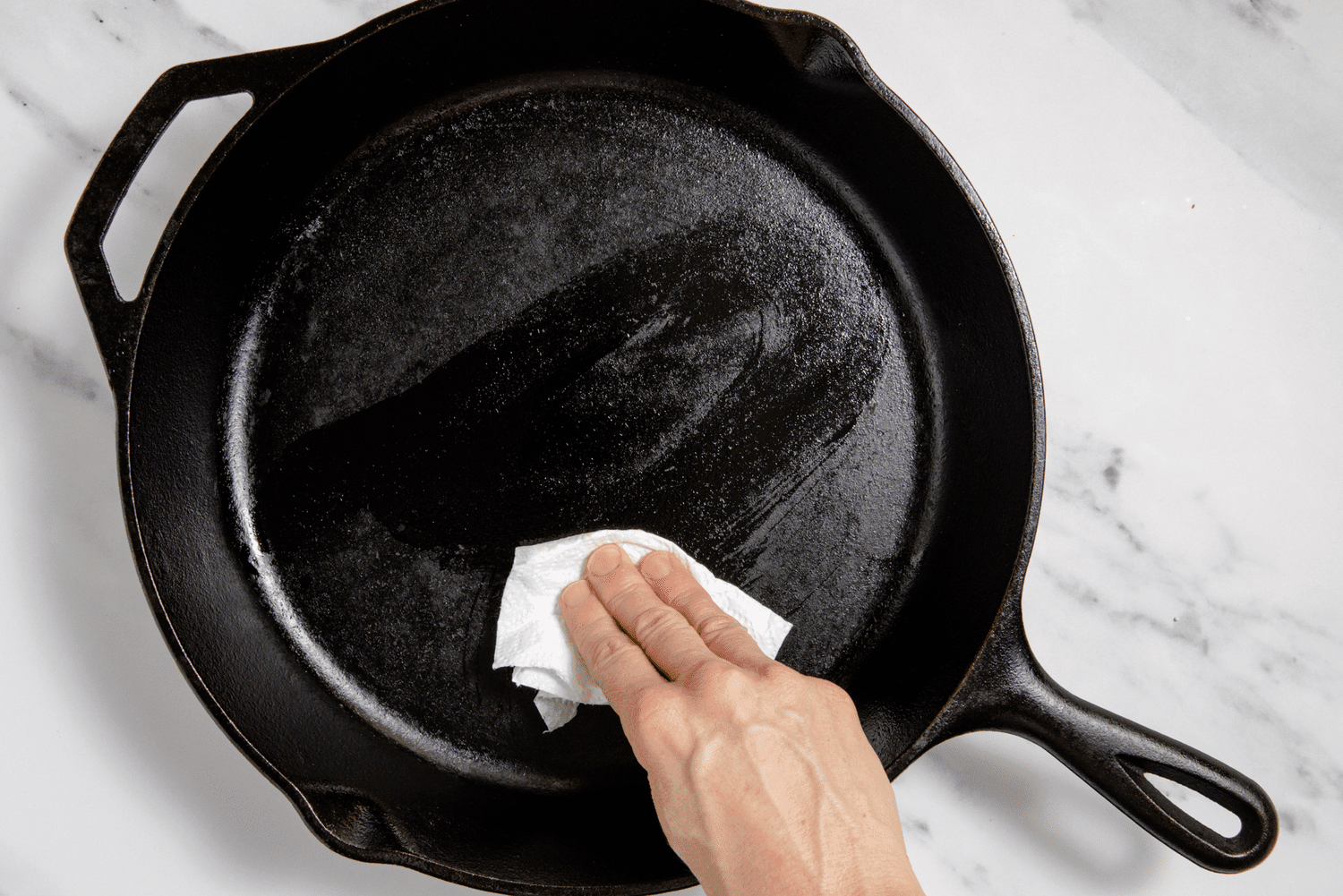Searing a steak to perfection using a cast iron skillet is an art form that brings out the rich, deep flavors of the meat. For homeowners and renters alike, mastering this technique can elevate your cooking game and provide restaurant-quality steak right from your kitchen.

The Benefits of Using a Cast Iron Skillet
Cooking with a cast iron skillet offers a variety of benefits. These benefits include even heat distribution and retention, durability, and the ability to develop a natural non-stick surface over time.
Even Heat Distribution
Cast iron skillets distribute heat evenly, ensuring that your steak is perfectly seared on all sides. This even heat helps to achieve a consistent crust and a tender, juicy interior.
Durability
Cast iron skillets are incredibly durable and can last for generations when properly cared for. This makes them a worthwhile investment for any kitchen.
Natural Non-Stick Surface
With proper seasoning and care, cast iron skillets develop a natural non-stick surface that makes cooking and cleaning easier.

Preparing Your Steak
Selecting the Right Cut
Choosing the right cut of steak is crucial for achieving the best sear. Cuts like ribeye, sirloin, and filet mignon are excellent choices due to their marbling and tenderness.
Seasoning the Steak
Properly seasoning your steak is essential. A simple seasoning of salt and pepper can enhance the natural flavors of the meat without overpowering it. Allow the steak to come to room temperature and pat it dry before seasoning to ensure a perfect sear.

Prepping the Cast Iron Skillet
Seasoning the Skillet
Before searing your steak, ensure your cast iron skillet is well-seasoned. This creates a non-stick surface and adds flavor to your food.
Heating the Skillet
Preheat your cast iron skillet over medium-high heat until it’s smoking hot. This ensures a proper sear and caramelization of the steak.

Searing the Steak
Adding Oil
Add a high smoke point oil, like canola or vegetable oil, to the skillet. This helps create a nice crust on the steak without burning.
Cooking the Steak
Place the steak in the hot skillet and let it cook for 2-3 minutes on each side without moving it. This allows a crust to form. For a medium-rare steak, cook each side for an additional 2-3 minutes, depending on the thickness of the steak.
Basting for Extra Flavor
Basting the steak with butter and herbs during the cooking process adds extra flavor and moisture. Simply add a few tablespoons of butter and your choice of herbs, like thyme or rosemary, to the skillet during the final minutes of cooking.
Resting the Steak
After cooking, let the steak rest for 5-10 minutes. This allows the juices to redistribute, resulting in a juicier, more flavorful steak.
Tips for Perfectly Searing Steak
Using a Meat Thermometer
Using a meat thermometer ensures that your steak reaches the desired level of doneness. For a medium-rare steak, aim for an internal temperature of 135F.
Avoid Overcrowding the Pan
Don’t overcrowd the skillet. Cooking too many steaks at once can lower the temperature and prevent a good sear.
Patience is Key
Patience is crucial when searing steak. Resist the urge to move the steak around in the pan, as this can disrupt the searing process and prevent the formation of a crust.
Caring for Your Cast Iron Skillet
Proper care and maintenance are essential for keeping your cast iron skillet in top condition. Learn more about how to clean and season your skillet from this cleaning guide.
Regular Cleaning
After each use, clean your cast iron skillet with hot water and a stiff brush. Avoid using soap, as it can remove the seasoning.
Re-Seasoning
Periodically re-season your skillet to maintain its non-stick surface. This involves coating it with a thin layer of oil and baking it at a high temperature for an hour.
For more information about caring for cast iron skillets, visit this external guide for additional tips.
Common Mistakes to Avoid
Even experienced cooks can make mistakes when searing steak. Here are some common pitfalls to avoid.
Not Preheating the Skillet
Failing to preheat the skillet adequately can result in an uneven sear. Ensure the skillet is smoking hot before adding the steak.
Using the Wrong Oil
Using oil with a low smoke point, like olive oil, can cause the steak to burn. Opt for high smoke point oils like canola or vegetable oil.
Skipping the Resting Period
Not allowing the steak to rest after cooking can cause the juices to run out, resulting in a drier steak.
FAQs
Q1: What is the best oil to use for searing steak in a cast iron skillet?
A1: Use oils with a high smoke point, such as canola or vegetable oil, to avoid burning.
Q2: How long should I let the steak rest after cooking?
A2: Allow the steak to rest for 5-10 minutes to let the juices redistribute.
Q3: How can I tell when my steak is done without a meat thermometer?
A3: You can use the finger test to estimate doneness. For medium-rare, the steak should feel slightly springy when pressed.
As an Amazon Associate, I earn from qualifying purchases.

